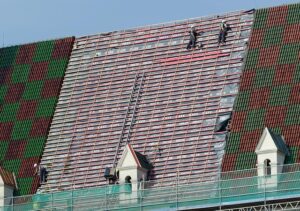Regular commercial roof checkups are a strategic must for any business aiming for optimal operations. Commercial roofs, often overlooked, are vital for protecting buildings from weather and contributing to energy efficiency and comfort. Implementing preventative maintenance programs through routine inspections and cleaning extends roof lifespan, saves costs, and minimizes business disruptions. These practices detect issues early, from minor leaks to severe structural problems, offering tailored solutions for a safe, reliable working environment. A robust commercial roof maintenance service includes regular inspections by qualified professionals and preventative cleaning to enhance drainage and curb appeal, ultimately extending roof life and optimizing performance.
Regular commercial roof checkups and preventative maintenance programs are essential for safeguarding one of a business’s most valuable assets—its roofing system. This article delves into the critical importance of routine inspections, detailing how they can prevent costly repairs and extend the lifespan of commercial roofing. We explore key components of comprehensive maintenance programs, highlighting benefits like enhanced structural integrity and reduced downtime. Essential tools and technologies are also discussed, along with common issues identified during checks and best practices for optimal commercial roof maintenance services.
- Understanding the Importance of Regular Commercial Roof Checkups
- Key Components of a Comprehensive Preventative Maintenance Program
- Benefits of Implementing a Consistent Maintenance Schedule
- Essential Tools and Technologies for Efficient Commercial Roof Inspections
- Common Issues Identified During Routine Checks and How to Address Them
- Best Practices for Maintaining Optimal Commercial Roofing Systems
Understanding the Importance of Regular Commercial Roof Checkups
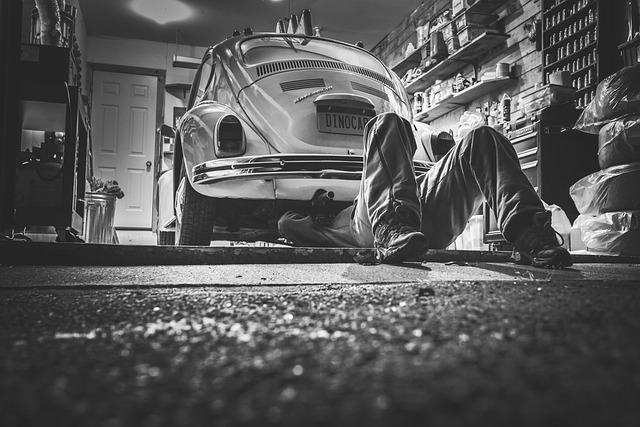
Regular commercial roof checkups are an essential part of any business’s operational strategy. Commercial roofs, often overlooked, play a critical role in protecting businesses from costly downtime and repair bills. They shield buildings from harsh weather conditions and provide insulation, contributing significantly to energy efficiency and interior comfort. By implementing preventative maintenance programs, businesses can extend the lifespan of their roofs, ensuring optimal performance for years to come.
These routine inspections and roof cleaning services identify potential issues early on, ranging from minor leaks to more severe structural problems. Commercial roof maintenance services offer peace of mind by providing detailed reports and tailored solutions. Proactive measures like these not only save money in the long run but also minimize disruptions to business operations, ensuring a safe and reliable working environment.
Key Components of a Comprehensive Preventative Maintenance Program

A comprehensive preventative maintenance program for commercial roofs involves several key components that work together to extend the life and optimize performance. The first step is to implement a regular roof inspection plan. This includes visual examinations by qualified professionals who can identify any potential issues, such as damage from weather events, loose or missing shingles, or signs of wear and tear. Regular inspections also allow for early detection of subtle problems that could escalate if left unattended.
Additionally, an effective program incorporates preventative roof cleaning to remove buildup of dirt, debris, and algae. This not only enhances the aesthetic appeal of the building but also ensures optimal drainage, preventing water damage and reducing the risk of leaks. Incorporating these practices in a structured commercial roof maintenance service regimen is essential for maintaining a safe, efficient, and durable roofing system.
Benefits of Implementing a Consistent Maintenance Schedule
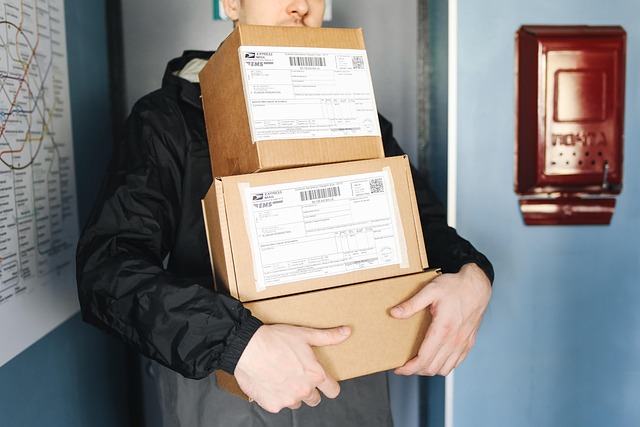
Implementing a consistent maintenance schedule for your commercial roof is a strategic move that offers numerous advantages. Regular roof checkups and preventative measures can significantly extend the lifespan of your roofing system, saving you substantial costs in the long run. By scheduling routine inspections, businesses can identify potential issues early on, preventing minor problems from escalating into costly repairs or complete replacements. This proactive approach to commercial roof maintenance services ensures that any concerns are addressed promptly, minimizing downtime and preserving the overall integrity of the structure.
Moreover, a well-maintained roof contributes to energy efficiency, as it helps regulate indoor temperatures, reducing the strain on HVAC systems. Preventative roof care also involves essential tasks like cleaning, which removes debris buildup and improves drainage, thereby preventing water damage. With proper roof inspection plans in place, businesses can ensure that their commercial properties are protected against weather-related wear and tear, enhancing overall building performance and safety.
Essential Tools and Technologies for Efficient Commercial Roof Inspections
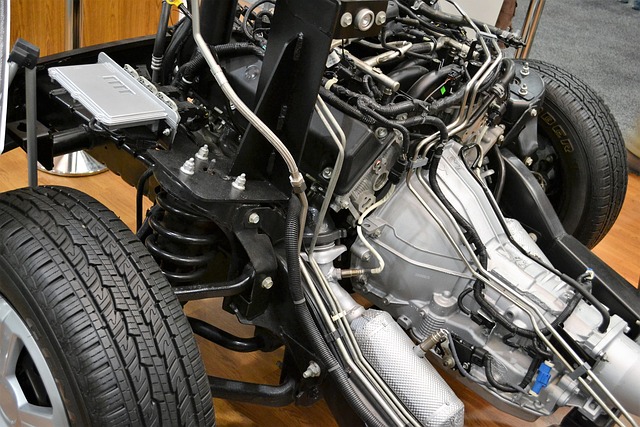
In the realm of commercial roof maintenance services, efficient inspections rely on a suite of essential tools and technologies. One of the cornerstone components is high-quality roofing equipment, such as specialized ladders, safety harness systems, and robust flashlights to navigate even the most intricate roof structures. These tools ensure that inspectors can access hard-to-reach areas safely and thoroughly, identifying potential issues early on.
Furthermore, digital imaging technologies like drones and 3D scanning play a pivotal role in modern roof inspection plans. Drones equipped with high-resolution cameras capture detailed aerial images of the roofing surface, facilitating precise analysis of leaks, missing shingles, or structural damage. Similarly, 3D scanning provides accurate measurements and topographical data, enabling comprehensive preventative roof care. Integrating these technologies into regular roof cleaning and inspection routines significantly enhances the effectiveness of commercial roof maintenance programs.
Common Issues Identified During Routine Checks and How to Address Them
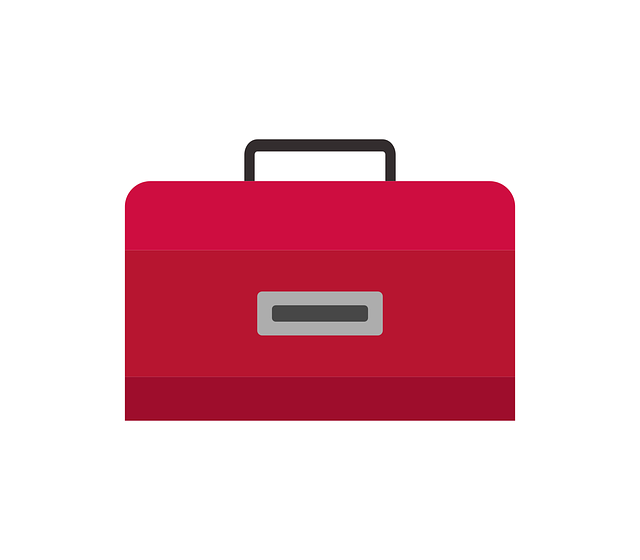
During routine commercial roof checkups, several common issues are frequently identified. These include leaks, which often result from worn-out or damaged flashing around vent pipes and chimneys; missing or broken shingles; and debris buildup on the roof surface, which can block drainage systems and lead to water damage. Another frequent finding is mold and mildew growth, particularly in areas with poor ventilation or where there has been previous water intrusion.
Addressing these issues promptly through preventative roof care measures, such as regular roof cleaning and thorough inspections according to established roof inspection plans, is crucial for maintaining the structural integrity of commercial properties. Commercial roof maintenance services should focus on implementing solutions like replacing damaged materials, clearing drainage systems, addressing mold with professional remediation techniques, and sealing areas prone to leaks. By adopting these proactive practices, building owners can significantly extend the lifespan of their roofs and prevent costly repairs down the line.
Best Practices for Maintaining Optimal Commercial Roofing Systems

Regular commercial roof checkups are a best practice for any business owner looking to maintain optimal roofing systems. A comprehensive roof inspection plan should include visual assessments, as well as advanced technologies like infrared thermal imaging and drone surveys to detect even the subtlest signs of damage or wear. These initial steps in preventative roof care enable professionals to address issues early on, preventing costly repairs down the line.
Implementing a robust roof cleaning schedule is another vital component of commercial roof maintenance services. Regular cleaning not only enhances the aesthetic appeal of your building but also ensures that drainage systems remain unobstructed, preventing water damage and prolonging the lifespan of your roofing materials. By integrating these practices into your facility’s upkeep, you can significantly reduce the risk of unexpected breakdowns and boost the overall efficiency of your commercial roof.
